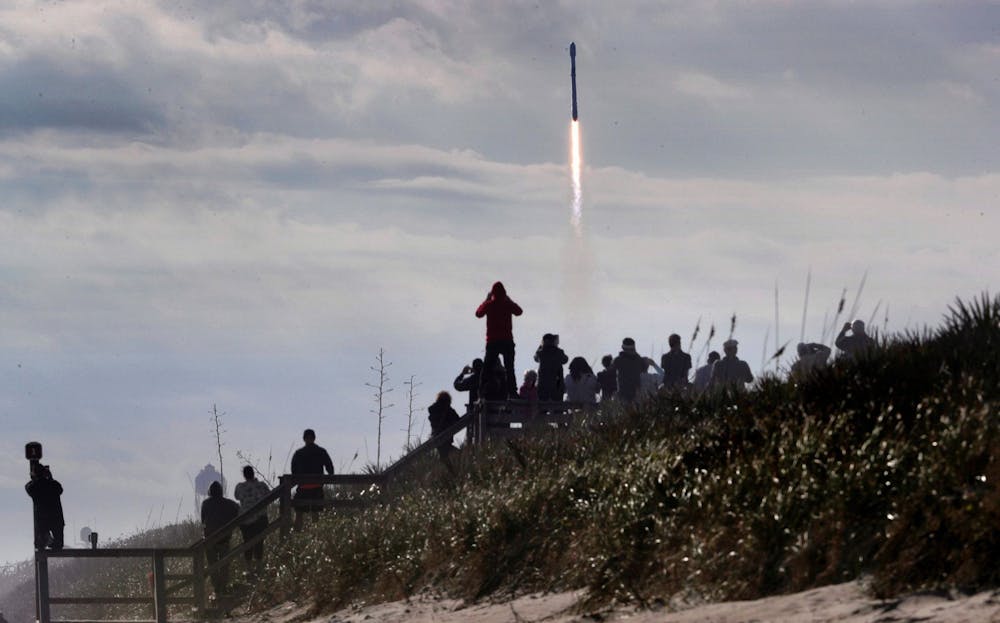If you saw a mysterious "parabola of light" across the North Carolina sky three weeks ago, it was likely due to SpaceX’s recent Falcon 9 rocket launch.
The Falcon 9 is a two-stage rocket designed by SpaceX for the "reliable and cost-efficient transport" of satellites, and is one of many space ventures the company is currently working on.
More recently, SpaceX tested a prototype of its Starship named SN11, a rocket intended to take people to Mars, and it managed to reach an altitude of 6.2 miles before exploding into bits and pieces of metal debris in mid-air. This was the fourth high-altitude test for Starship.
SpaceX founder and CEO Elon Musk attributes this explosion to a small methane fuel leak that caused a fire on one of their engines, which in turn burned to other parts of the rocket.
It’s expected to fail test launches when working on a project as intricate as space travel, but this failed launch indicates that any journey to Mars carrying humans is unlikely to be achievable in the near future as quickly as Musk anticipates.
Musk has always been known to be ambitious in his timelines. His pure optimism is evident in his statement that he remains “highly confident” that SpaceX will be able to land humans on Mars by 2026, potentially even 2024.
However, getting to Mars is not something that can be done on our own time. SpaceX will have to follow a specific time frame for sending rockets to Mars. They have to follow when the Earth lines up with Mars — every 26 months — which will be difficult. Space projects are so convoluted that it’s hard to strictly adhere to a timeline.
It’s also important to note that even if humans safely land on Mars, there are an abundance of biological factors to consider about the potential degradation of the human body on a planet’s environment that’s so unfamiliar to us.
Plus, testing out things like the ability to refuel, a life support system and a re-entry system has not yet been finalized, and will take a long time to perfect.



